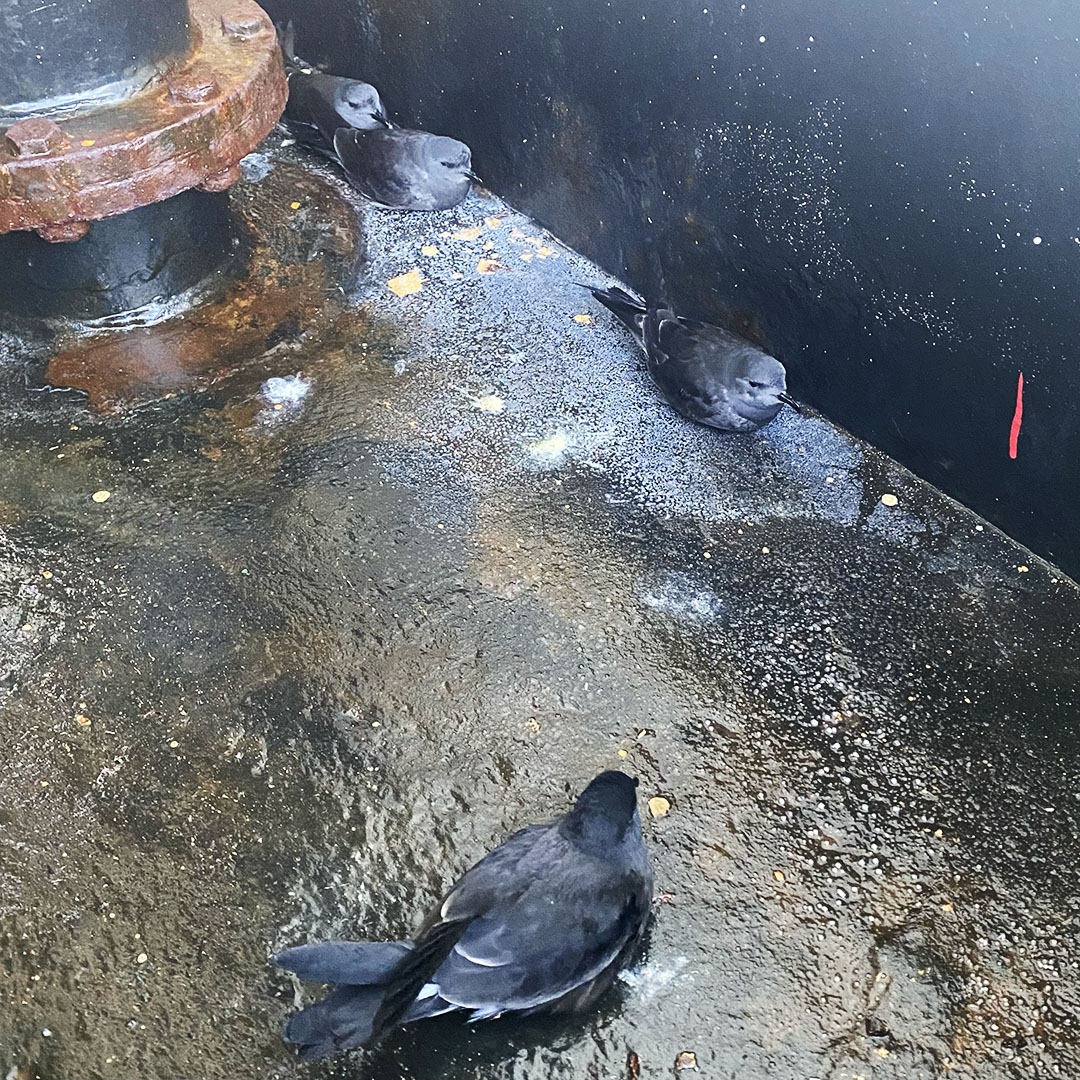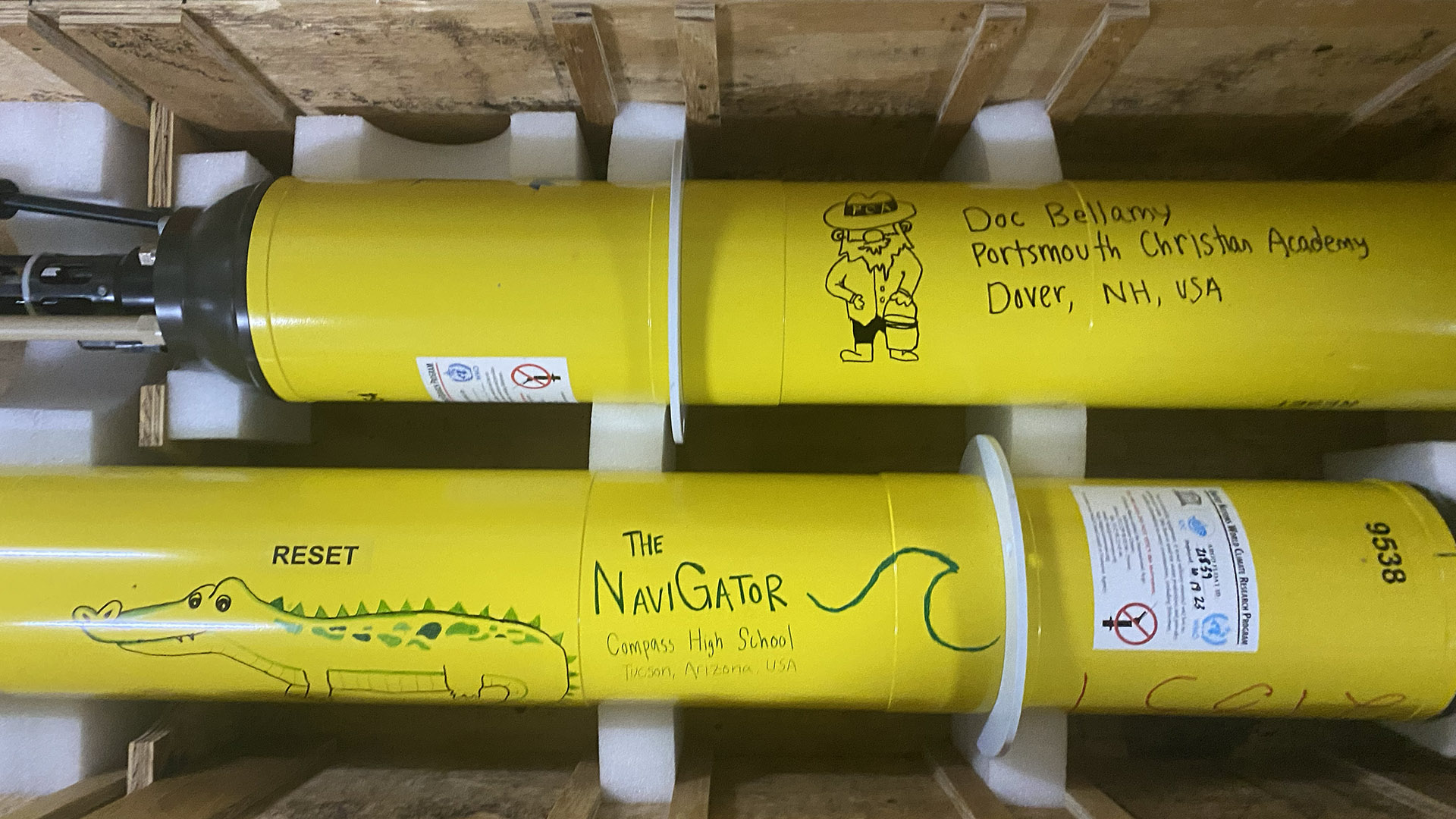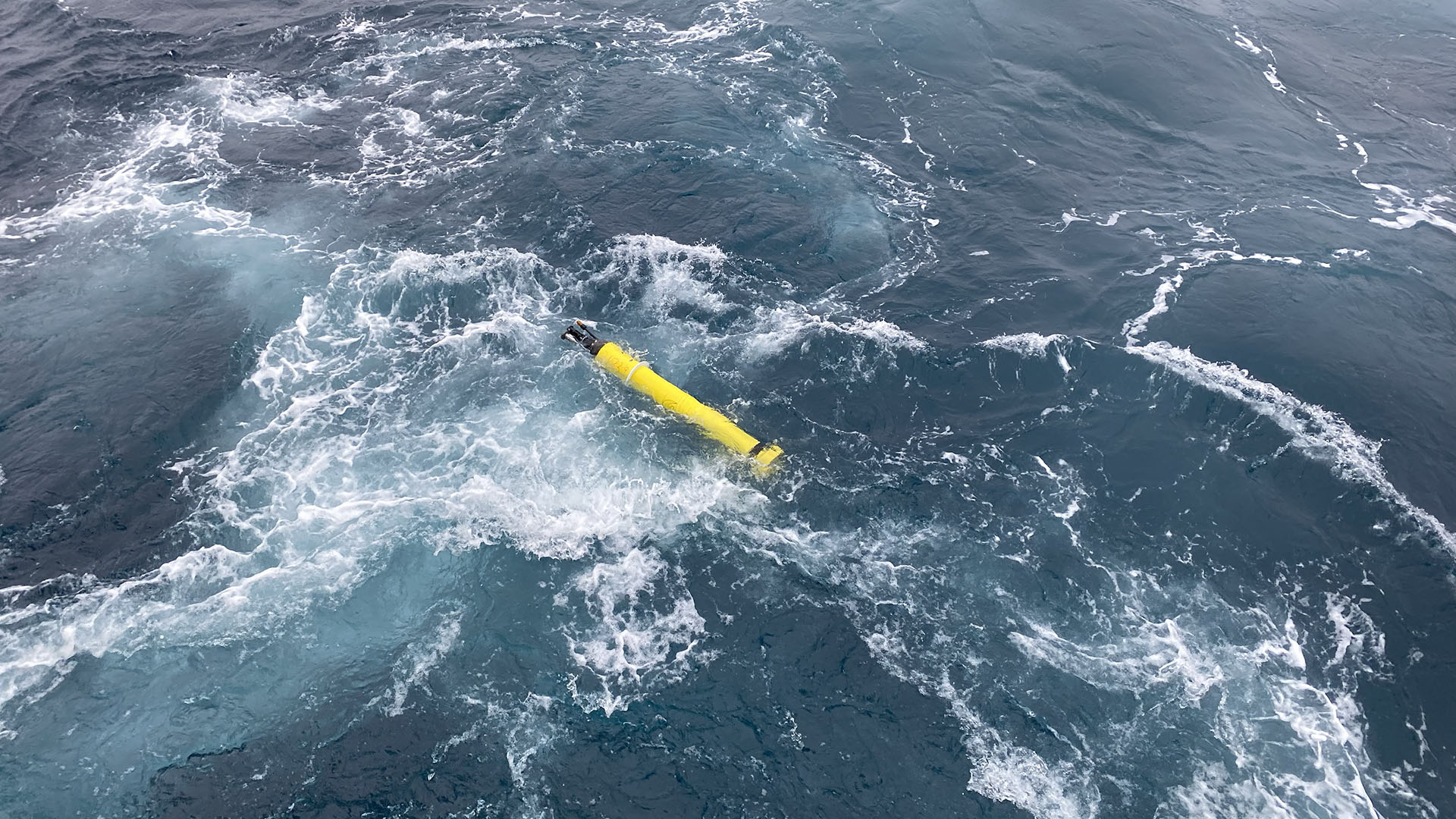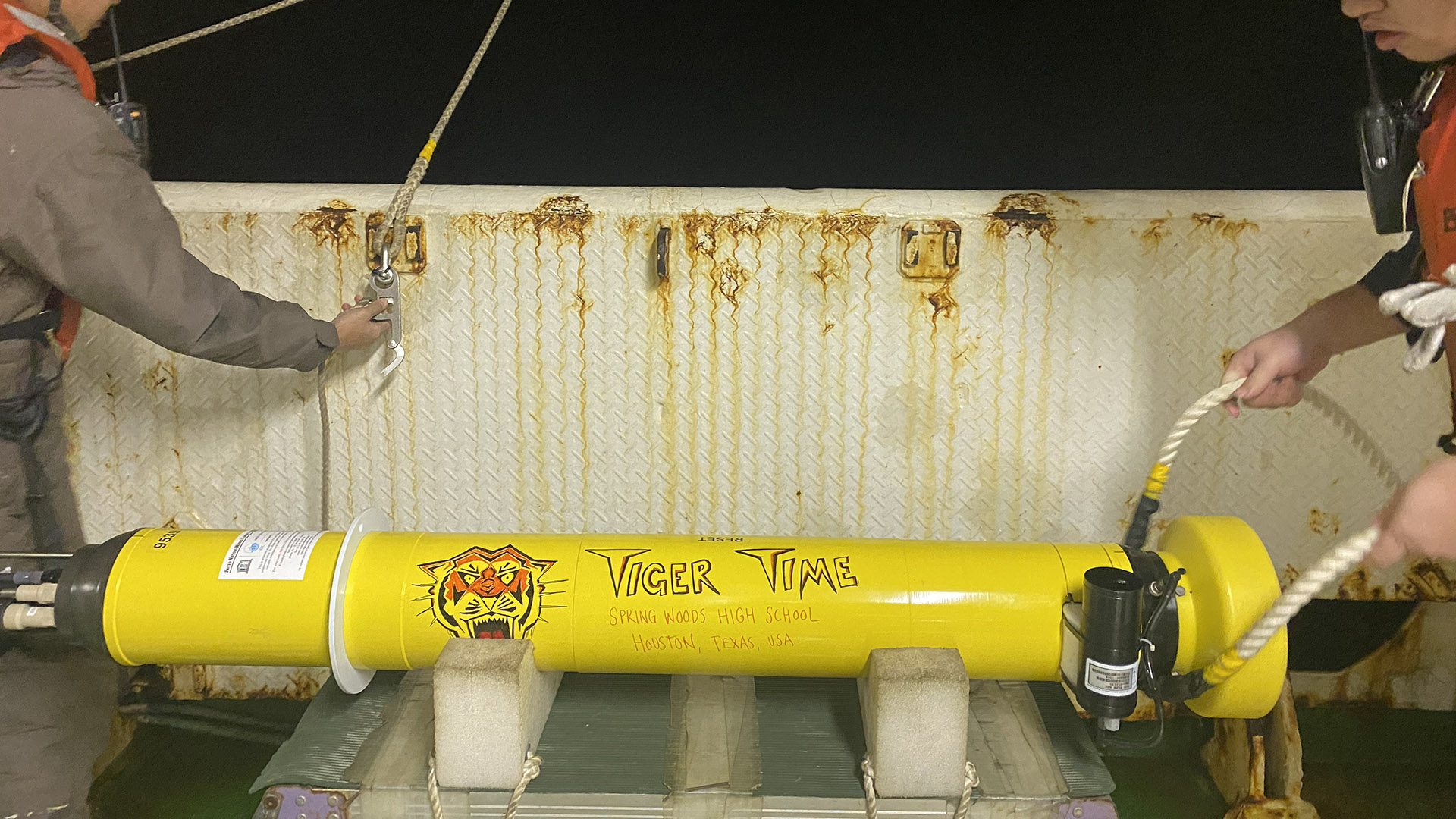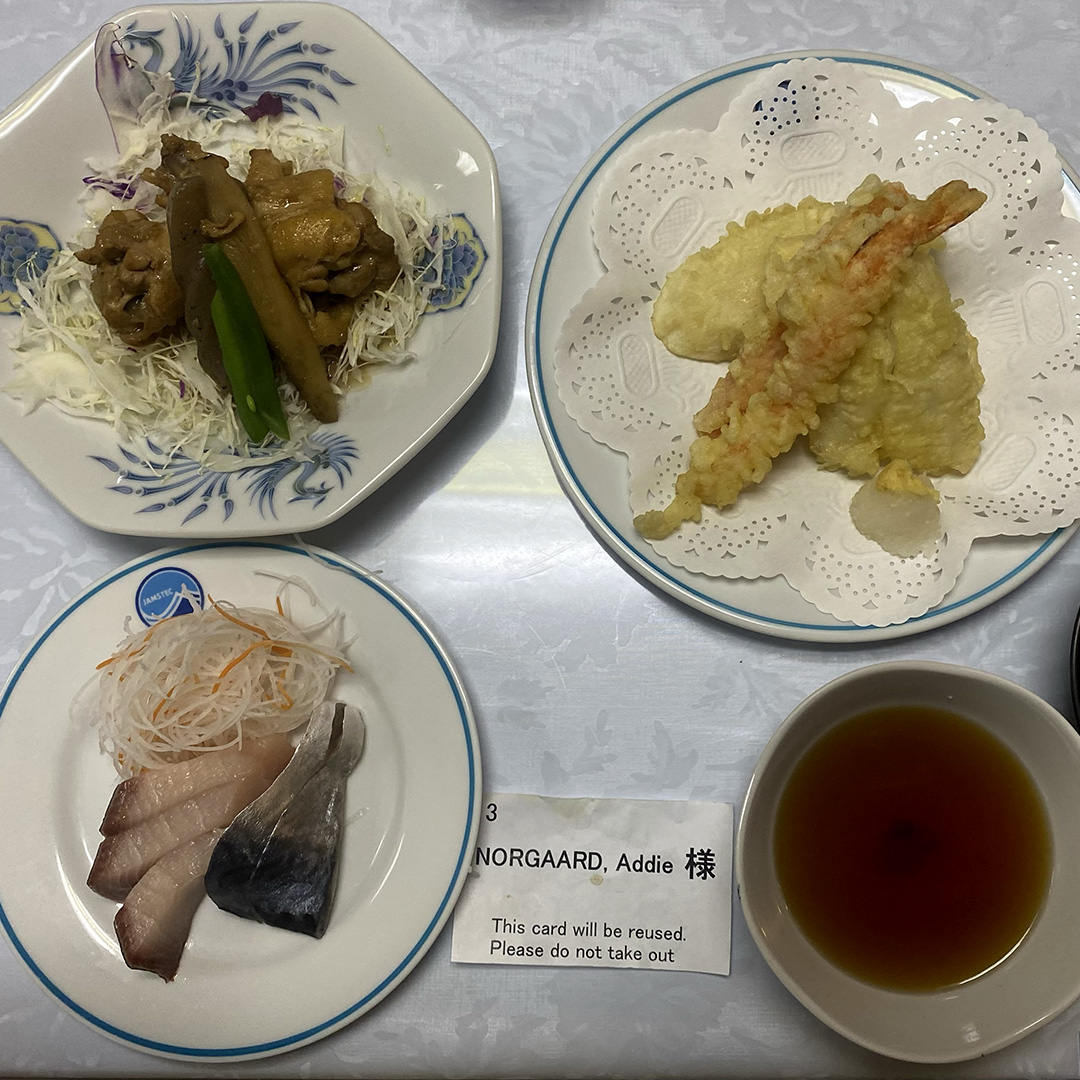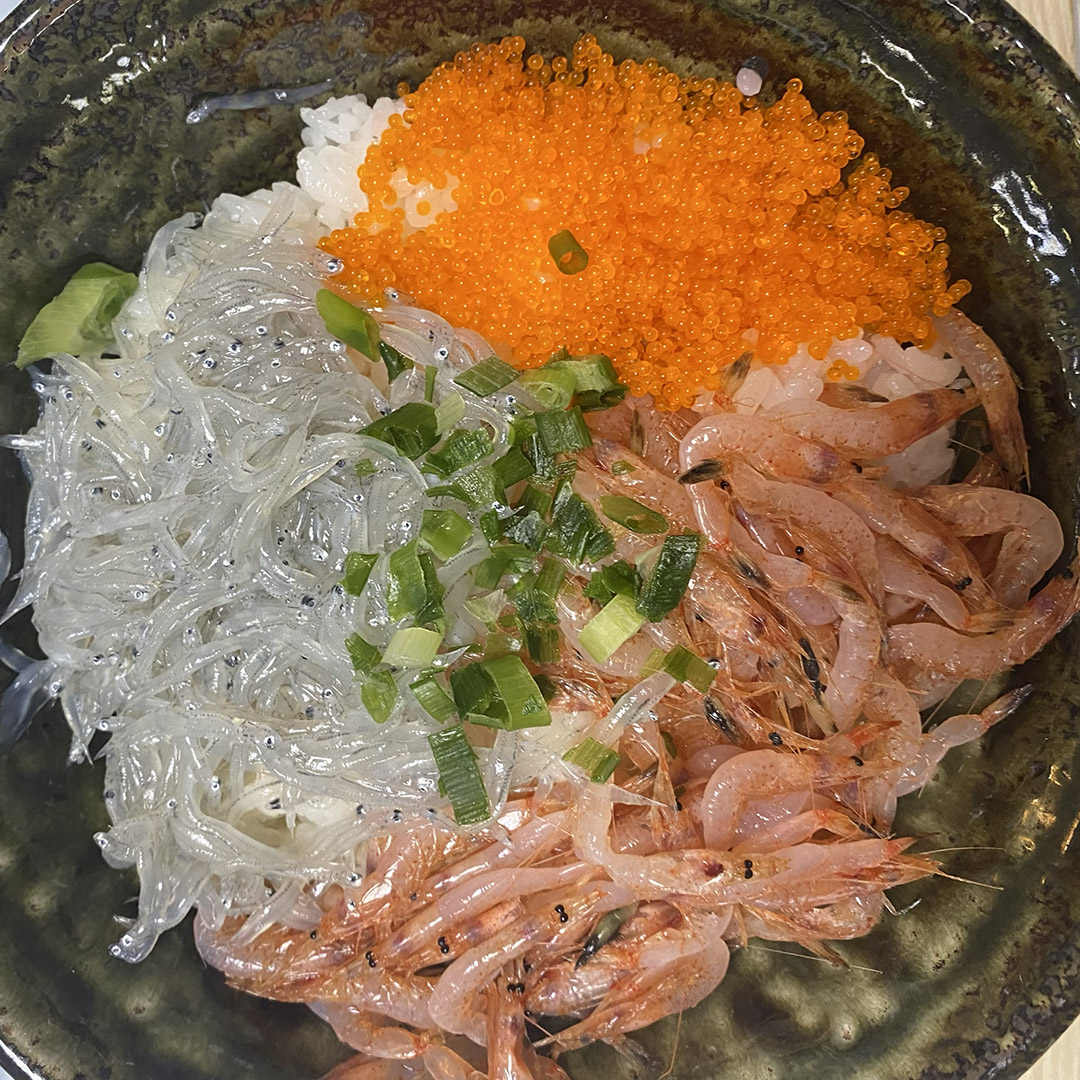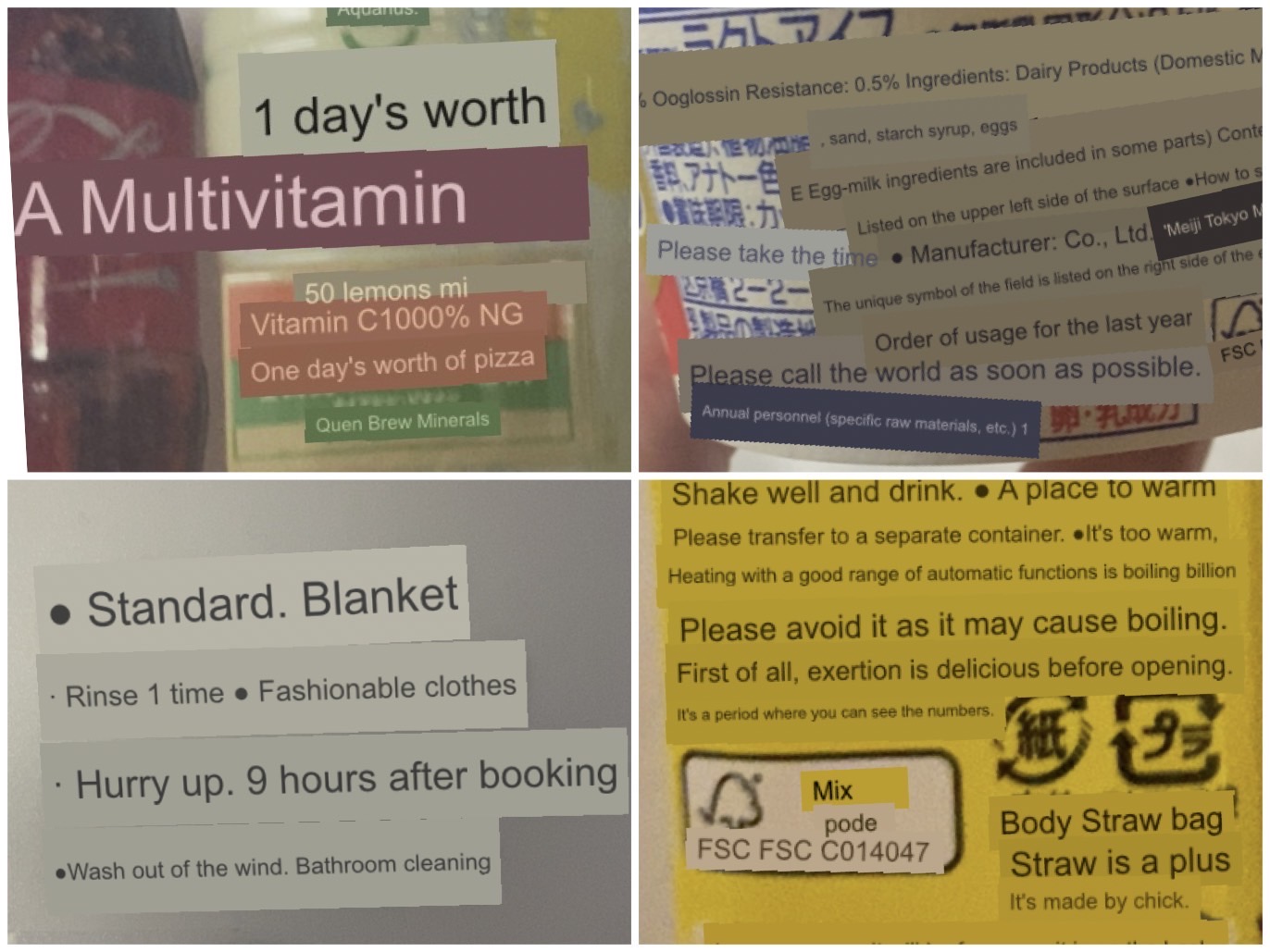GO-SHIP P14N: Life Onboard the Mirai
P14N Log: Life onboard the Mirai
Three more floats have begun their adventures. The NaviGator (adopted by Compass High School in Tucson, Arizona) was dropped off close to the Aleutian Trench where the Pacific plate is subducted under the North American plate. This location was chosen with the hope that the float would enter the Alaskan Stream and quickly move westward. The NaviGator’s deployment was nerve-racking to watch since the stern of the boat was heaving up and down in the considerable swell, but it was swift and perfectly timed. Doc Bellamy (adopted by Portsmouth Christian Academy in Dover, New Hampshire) and Tiger Time (adopted by Spring Woods School in Houston, Texas) also had smooth deployments at stations further south.
Meanwhile, life aboard the Mirai has been an enjoyable and delicious adventure. It is a lot of fun trying new food – pretty much every day there is something that I’ve never had before, or I don’t have an English name for. The meals are set, instead of buffet style, and usually there are a variety of small dishes served at each meal. I am seated with the one other native English speaker aboard. She is an American attending graduate school in Ireland. Funnily enough, her name is Adelaide, and of course she goes by Addie. I’m sure it’s not confusing for anyone on board! The steward is extremely kind to us, often explaining the correct way to eat something or showing us which sauce to use.
Some of my favorites are Japanese style curry, ramen, udon soup, sashimi, and fish cooked all sorts of ways. And of course, the desserts – delicious baked goods, and Japanese ice cream products. Just as I expected from Melissa Miller’s very helpful blog from a past Mirai cruise, the best days are when the sign “there is ice cream in the freezer” appears. But, new since Melissa’s blog is the addition of a “Western breakfast” provided every day for Adelaide and I. It usually consists of varying forms of egg, meat, and bread, along with a pot of coffee. Japanese breakfast is usually fish, served with the rice, miso soup, and green tea that is present at every meal. Those last three items would make a nice breakfast for me every day, but fish in the morning I’m not so sure about. It is very kind of the hardworking cooks to go out of their way to do this for us! Generally, the food is quite delicious to my American taste buds. Some foods, though, push my comfort zone, maybe most notably a fried fish skeleton. Crunchy!
I’ve learned my numbers in Japanese so that I can call out bottle numbers and oxygen sampling temperatures to the sampling chief. The only other words I really attempt to say are thank you (arigato, or more formal, arigato gozaimas) and sorry/excuse me (sumi masen). But, hey, those are important words. I’ve also learned it’s important to say to the cooks before a meal “itadakimasu” (there isn’t a direct English translation, but it means “I humbly receive.” The phrase has Buddhist origins). Then after a meal, you say “gochisosama deshita,” which similarly doesn’t have a direct translation, but means “thanks for food.” These expressions of gratitude are basic and important pieces of Japanese etiquette.

